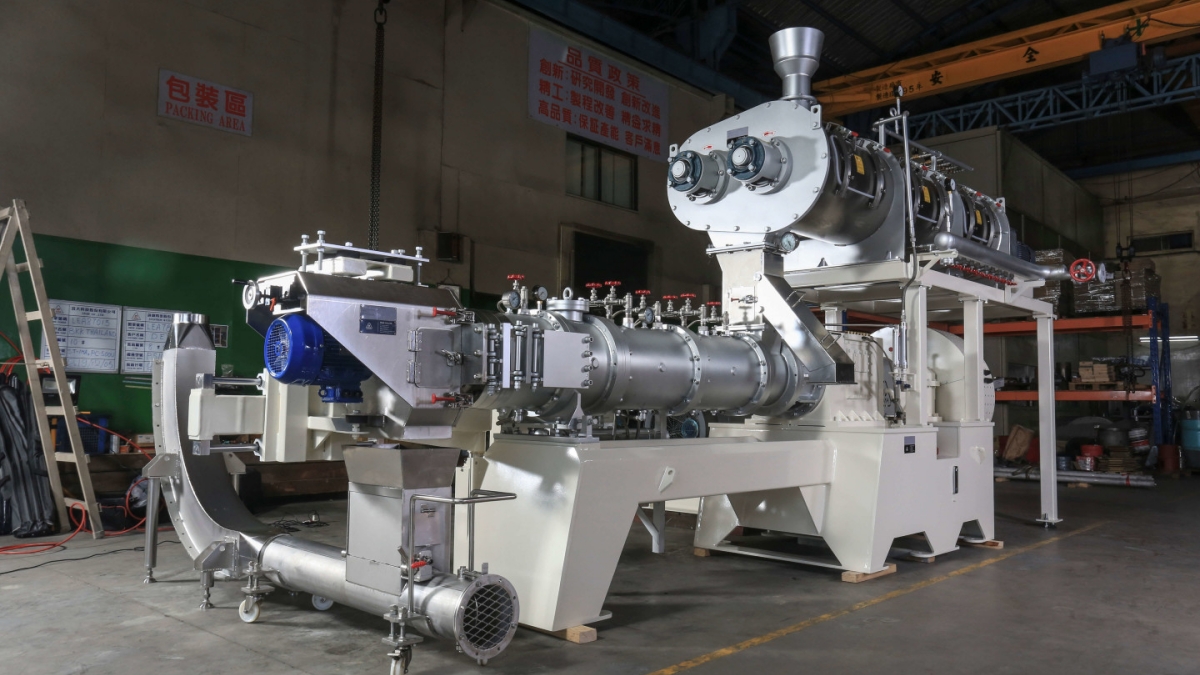In the world of manufacturing and processing, extruders are among the most versatile and essential pieces of equipment. These machines shape and form a wide variety of materials, from plastics and rubber to food and construction components. However, not all extruders are created equal—there are several types, each with unique capabilities and applications.
Co-Extruders
Co-extruders are a specialized type of extruder that can simultaneously process multiple materials. This capability allows for the production of products with distinct layers or components, such as multi-layer films or pipes with inner and outer layers. Co-extruders are commonly used in industries like packaging, construction, and automotive.
The ability to co-extrude different materials not only enhances product functionality but also reduces manufacturing steps and improves efficiency.
Single Screw Extruders
The most common type of extruder is the single screw extruder. This machine uses a single, continuously rotating screw to pull raw material into the barrel, where it is melted, mixed, and forced through a die to create the desired shape. Single screw extruders are relatively simple and cost-effective, making them a popular choice for many manufacturing applications.
Their straightforward design makes them particularly well-suited for processes that don’t require extensive mixing or kneading.
Twin Screw Extruders
Unlike single screw extruders, twin screw extruders feature two parallel screws that rotate either in the same direction (co-rotating) or in opposite directions (counter-rotating). This design enables more thorough mixing, kneading, and processing, making twin screw extruders ideal for applications like compounding, alloying, and other processes requiring high shear forces.
While twin screw extruders are more complex and expensive, they offer greater versatility and can handle a wider range of materials.
Laboratory Extruders
For research, testing, and product development, manufacturers often turn to laboratory-sized extruders. These smaller machines—sometimes called “mini-extruders” or “micro-extruders”—allow for experimentation with new materials, formulations, and processing parameters on a manageable scale before scaling up to full production.
Using laboratory extruders minimizes the risks and costs associated with launching new products or processes.
Recycling Extruders
Recycling extruders are specifically designed to reprocess waste materials, such as plastic scraps or discarded products, into new raw materials suitable for manufacturing. These machines play a critical role in the circular economy by reducing waste and conserving natural resources.
By transforming discarded materials into usable inputs, recycling extruders contribute to sustainable manufacturing practices.
No matter the type, extruders are indispensable tools across numerous industries. Understanding the differences between these machines is crucial for selecting the right equipment to meet specific production needs.
By choosing the appropriate extruder, manufacturers can optimize processes, enhance product quality, and reduce waste and costs. Whether it’s a straightforward single screw extruder or a sophisticated co-extruder, mastering the capabilities of these machines is essential for success in modern manufacturing.

